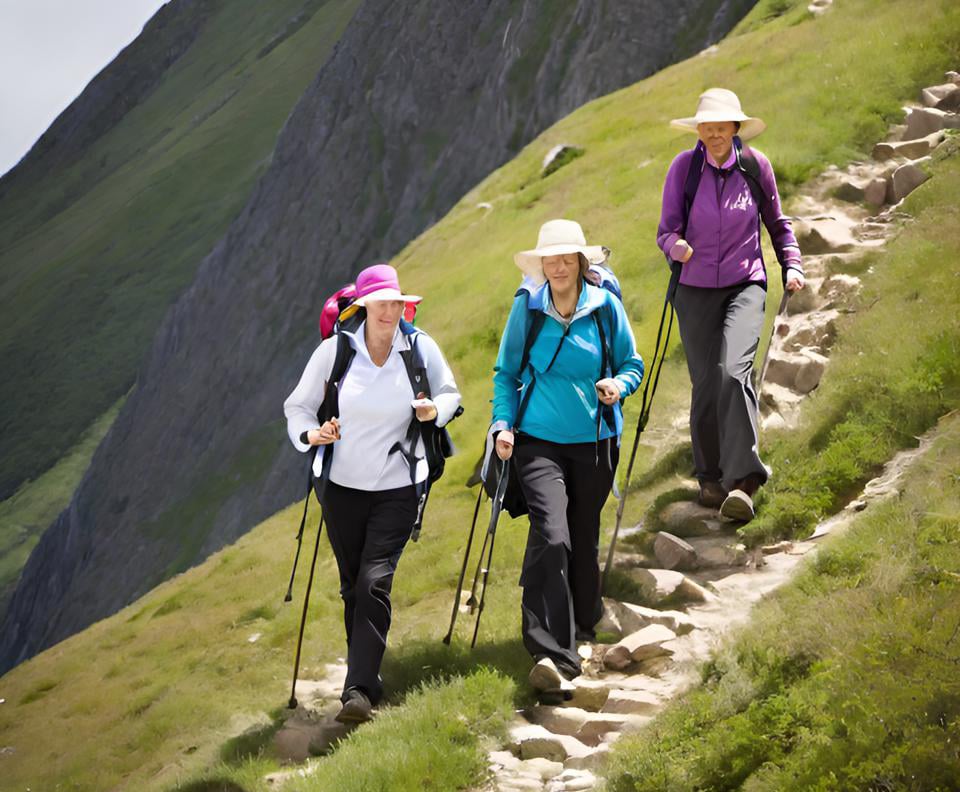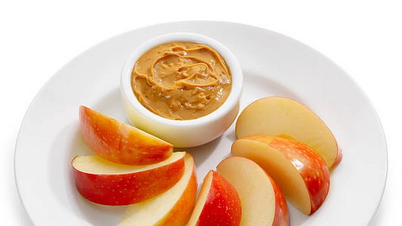Walking uphill requires more physical exertion, which helps strengthen muscles, especially in the legs and glutes.
At the same time, walking uphill also improves the cardiovascular system, burns more calories, and supports effective weight loss, according to the health website Verywell Health .
Katrina Carter, a physical therapist in the US, has highlighted the health benefits of walking uphill.

Walking uphill improves cardiovascular health and burns more calories.
Strengthen muscles
When you walk uphill, large muscle groups like your thighs, glutes, and calves have to work harder to support your body. As a result, they become firmer and stronger. Furthermore, this exercise also helps improve strength in your hips, knees, and feet.
Walking uphill burns a lot of calories.
Walking uphill burns nearly twice as many calories as walking on flat ground. And the number of calories burned will depend on the slope.
Accordingly, at a 10% incline, you will burn approximately twice as many calories as walking the same distance on a flat surface.
For every 1% increase in incline, you'll burn approximately 12% more calories than walking on a flat surface.
Even after a workout, the body continues to burn calories to build and maintain new muscle mass in the legs.
Increase endurance
When walking uphill, the body has to work harder. At the same time, the heart has to pump blood more forcefully to supply enough oxygen to the muscles. As a result, endurance is improved.
Increased heart rate
When walking uphill, the heart beats faster to supply the body with enough oxygen. This strengthens the cardiovascular system and improves overall health. In fact, walking uphill can increase heart rate by up to 10%.

Walking uphill can reduce the impact of genes that cause weight gain.
Good for joints
Walking uphill helps increase your heart rate to a level comparable to higher-intensity workouts without harming your joints.
This is especially beneficial for older adults or those with ankle problems who want to minimize the impact of exercise on their joints.
Weight loss support
Walking uphill not only helps burn calories but also makes the body more sensitive to insulin, thereby effectively controlling blood sugar.
Additionally, walking uphill can reduce the impact of genes that contribute to weight gain.
Lowering blood pressure
Walking uphill offers numerous cardiovascular benefits, significantly lowering blood pressure. Additionally, walking outdoors helps reduce stress, contributing to stable blood pressure.
Good for people with weak knee joints.
Walking uphill is a great exercise for people with knee problems, especially after knee replacement surgery.
When walking uphill, the muscles around the knee joint are strengthened, helping to stabilize the knee joint.
Source: https://thanhnien.vn/nhieu-loi-ich-bat-ngo-cua-viec-di-bo-len-doc-185250103200204962.htm








































































![[Photo] General Secretary To Lam meets with voters in Hanoi.](https://vphoto.vietnam.vn/thumb/402x226/vietnam/resource/IMAGE/2025/12/15/1765783098527_image.jpeg)

































Comment (0)